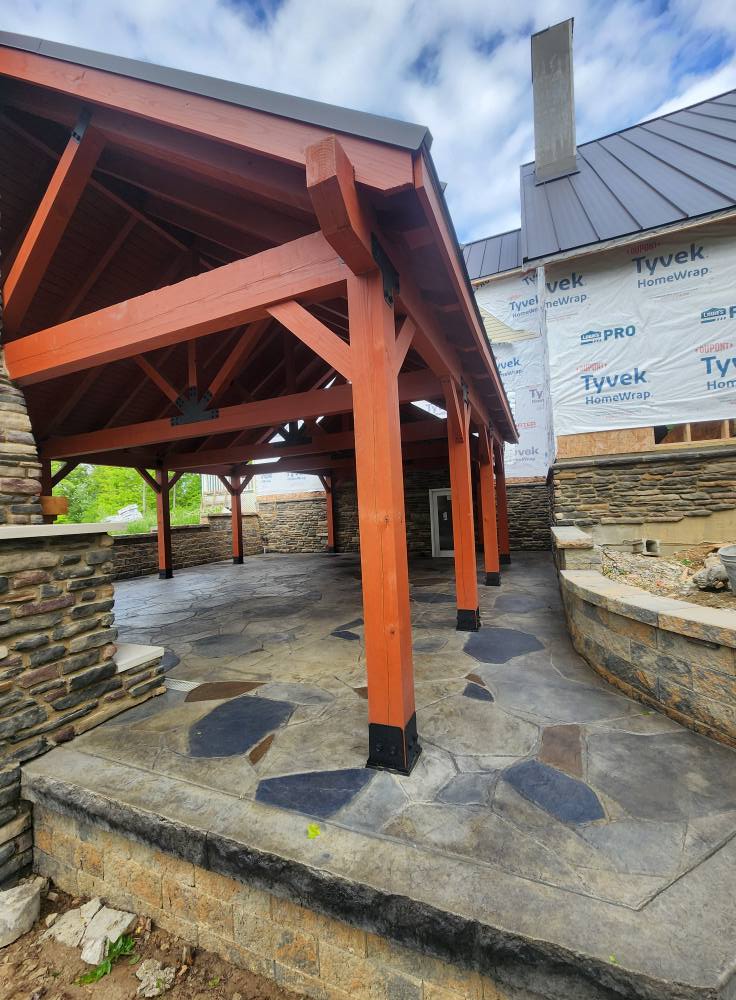
The Environmental Benefits of Choosing Concrete for Your Next Project Aug 10, 2025
First and foremost, concrete is renowned for its durability and longevity. Structures made with concrete can endure extreme weather conditions, resist fire, and withstand natural disasters better than many other building materials. This inherent toughness means fewer resources are needed for repairs and replacements over time, significantly reducing the environmental footprint of any new project. By opting for concrete, you're investing in a material that stands the test of time, thereby minimizing future waste and resource consumption.
Moreover, concrete's energy efficiency is a substantial environmental advantage. Concrete buildings possess excellent thermal mass, which refers to their ability to absorb, store, and release heat. During hot summer months, concrete slowly absorbs heat during the day and releases it during cooler evenings, contributing to reduced energy consumption for heating and cooling. As a result, not only does this capability lower energy bills, but it also decreases the carbon footprint associated with excessive heating and cooling systems.
Recycling is another key benefit of choosing concrete. Unlike other building materials, concrete can be made using a significant proportion of recycled materials. Waste products like fly ash, slag cement, and silica fume can be incorporated into new concrete mixes, reducing the need to source raw virgin materials. Additionally, at the end of its life cycle, concrete can be crushed and repurposed for new projects, further supporting circular economy principles.
Water management is also enhanced through the use of concrete, especially in urban environments. Permeable concrete solutions allow water to percolate through surfaces, reducing runoff and promoting groundwater replenishment. Using permeable concrete can alleviate the burden on urban drainage systems, mitigate flooding risks, and aid in controlling pollution carried by stormwater runoff.
Aesthetic versatility should not go unmentioned when considering concrete’s environmental impacts. The adaptability of concrete means it can be molded into a variety of shapes and finishes, eliminating the need for additional materials that might be used for aesthetic purposes. Decorative concrete options can mimic more resource-intensive materials like wood or stone while maintaining lower environmental costs.
Additionally, concrete manufacturing has seen significant improvements in energy efficiency and emissions reduction. Innovations in production technologies have led to reduced greenhouse gas emissions per unit of concrete produced. As production becomes more sustainable, the overall impact of using concrete continues to diminish, aligning with greener construction goals.
In conclusion, the environmental benefits provided by concrete make it a wise choice for sustainable construction projects. From its durability and energy efficiency to its recyclability and versatility, concrete supports environmentally friendly building practices. For New Edge Concrete customers committed to reducing their ecological impact, choosing concrete is not only a practical decision but an investment in a sustainable future. As the demand for sustainable materials grows, understanding the green advantages of concrete can empower you to make informed, responsible choices for your next construction endeavor.
/filters:no_upscale()/media/f2f03992-126e-4ac8-9601-47e28c7ed3d9.jpeg)
/filters:no_upscale()/filters:format(webp)/media/e997b8a8-ff09-4a51-86ef-4056701fcbed.jpeg)